Released: N/A
Writers: James Poole / Dave Maurice
Peak position: N/A
Chart run: N/A
This article was written using information kindly provided by Barney Poole. Please show Terrorize The Dancefloor some love via his socials:
> https://twitter.com/bassparader
> https://www.instagram.com/barneypoolephotography/
> https://www.youtube.com/@barneypoole182 (includes more content from The Parade)
The Parade threatened to Terrorize The Dancefloor with their debut single, which blended Britpop and Eurodance. Alas, the track was cancelled before they even had a proper chance.
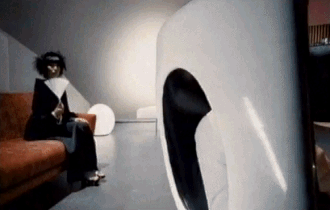
The Parade formed around 1993 and gigged during the ‘90s while trying to secure a record deal. Though the line-up changed during that time, it was brothers James Poole (lead vocals, guitar and the group’s primary songwriter) and Barney Poole (bass and backing vocals), with Ben Scott (drums) and Dominic Alan-Smith (keyboards and songwriting) who landed a publishing deal with EMI in 1998. However, it wasn’t until 2000 that The Parade signed with Silvertone Records. At that time, the label was part of Jive Records under the Zomba Music Group, putting the group alongside some of the biggest bubblegum pop acts of the late ‘90s/early ‘00s.
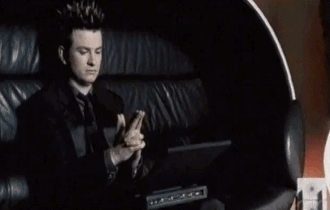
However, The Parade’s material was a very different prospect, having been born of mid-’90s Britpop, with post-punk and new wave influences. Almost immediately, that created a dilemma because the charts had moved on since then. Thus, the group were instead styled and promoted as a boyband, albeit one who played their own instruments. It’s a strategy that – in essence – might almost be considered a bit ahead of its time in 2000. However, where acts were later marketed as credible and authentic alternatives to their bubblegum pop peers, The Parade were completely made over to sound more or less exactly like their contemporaries (including having to mime on promotional tours). Though questionable as a long-term direction for the group, Terrorize The Dancefloor is, nonetheless, rather brilliant as a result.
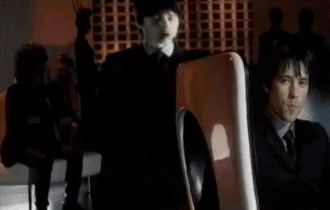
The track originated as a ballad used to break up The Parade’s (live) sets but underwent several revisions before Jive Records settled on a version produced by The Beatmasters. It opens with a dreamy “Ba-ba-ba-da, ba-ba-ba-da…” refrain that is probably the closest Terrorize The Dancefloor comes to feeling melodically true to the group’s Britpop roots. After 30 seconds, a beat with increasing intensity cuts through the hazy, swirling production. Any semblance of The Parade as musicians – and pretty much any trace of instrumentation they may have laid down during the recording – is swiftly abandoned as the song explodes into thumping Eurodance awash with whirring, juddering synths. Such is the departure that there’s even a Sleazesisters 12” Anthem Mix included on the single for good measure.
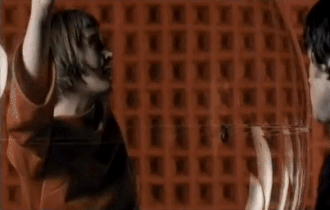
Unusually for a debut single, Terrorize The Dancefloor includes a prominent guest vocal that isn’t formally credited (though it’s acknowledged in the liner notes). The track is arranged as a back-and-forth between The Parade and singer Krissie Nicolson, which plays out from their different perspectives: “She gave the green light every night (he looked so cool, he looked so right), a bit of stare and I am over there (I need him now all to myself)”.It gives the verses terrific energy, with James Poole and Krissie Nicolson establishing a camaraderie that is appropriately fun and flirtatious: “She is shameless in a sweat (my every move seems incorrect), I’ve blocked out everybody else (I need him now all to myself)”. Yet, while that dynamic works for Terrorize The Dancefloor, it seems unusual to add an additional singer to The Parade’s debut single before their identity had firmly been established. Certainly, for listeners who may encounter the song without knowing much about the group, there’s little indication that Krissie Nicolson isn’t part of the line-up.
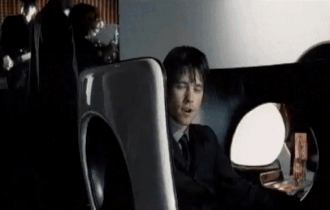
Terrorize The Dancefloor may have ended up being a very different song from the one The Parade composed and performed during their early gigs. However, the quality of the writing isn’t lost, and the chorus: “Wo-o-o-o-oah, let′s give it more, and terrorize the dancefloor, wo-o-o-o-oah, let′s give it more, and terrorize the dancefloor” is a total earworm as the production throbs and swooshes around it. The track throws in breakdowns – once with a post-chorus: “Yeah, on your marks no-o-ow, let it sta-a-a-art, oh, yeah; on your marks no-o-ow, let it sta-a-a-art, sta-a-a-art, sta-a-a-art…” and again on a reprised second verse: “She gave the green light every night, a bit of stare and I am over there, I need him now all to myse-e-e-e-e-elf” – to repeatedly build into the chorus with dizzying crescendos. Terrorize The Dancefloor may be the product of a mismatched vision for The Parade. Nonetheless, it’s filled with anthemic, singalong charm that does stand out as different for the time, despite the record label’s intention.
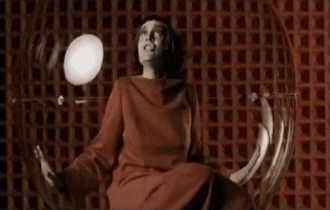
If one aspect of the package seems more aligned with portraying The Parade closer to where they started, it’s the accompanying music video. Set in a quirky lounge-bar environment, it features the band and Krissie Nicolson performing Terrorize The Dancefloor while extras mingle around them. Some of the styling and fashion choices have an edgier, offbeat and occasionally eccentric look to them that contrasts the very mainstream decisions made about the song itself (the opening shot is of a Blofeld-esque figure with a scar running down his face dressed in white and stroking a cat). The Parade also look cool; they’re dressed smartly, but not in a uniformly ‘00s boyband way and are, at least, shown playing instruments (even if little of that translates into what is being heard because of how Terrorize The Dancefloor was mixed). Krissie Nicolson also brings an impressive level of drama, considering she spends the entire video stuck inside a giant sphere for unknown reasons. Considering just how much of themselves The Parade had sacrificed to reach this point, it does feel they came out of the visuals comparatively unscathed.
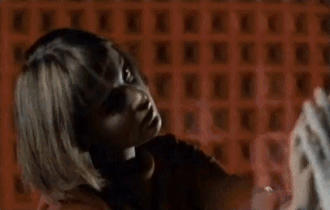
Terrorize The Dancefloor was scheduled for release on June 26, 2000. The track received video rotation and promotion on The Box, as well as positive coverage in Smash Hits and other magazines. However, The Parade were dropped by their label shortly beforehand, and the single was subsequently cancelled (though there are anecdotal reports of copies finding their way to the shelves before being promptly removed). It’s harsh for any act to find themselves in that situation; however, it’s especially so for one who’d changed nearly everything about their look and sound to ostensibly fit what the music industry at that time demanded, only for it to amount to nothing. Terrorize The Dancefloor did, however, receive a commercial release of sorts, appearing on the Hot Pop! compilation album, somewhat dubiously sandwiched between Fe-M@il and Northern Line.
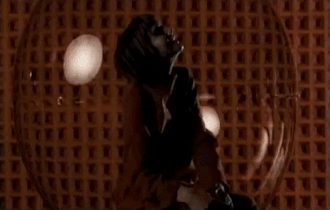
So, how would Terrorize The Dancefloor have fared? It’s difficult to gauge because what’s apparent, particularly in hindsight, is how difficult The Parade were to market in 2000 and where they would fit in the charts. As if to highlight that very point, the music video was included on a VHS that came free with TV Hits magazine, where it appeared alongside tracks by other Jive Records/Zomba Music acts, including Steps (Better The Devil You Know), Britney Spears (Born To Make You Happy) and *NSYNC (I’ll Never Stop). Despite what the label tried to do to The Parade, that isn’t where Terrorize The Dancefloor cohesively belonged. Not that it justifies dropping them so unceremoniously before even giving the track a chance.
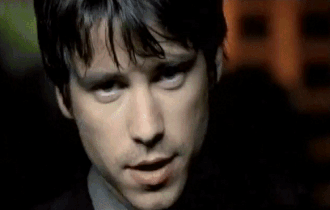
Terrorize The Dancefloor feels like a song that probably existed at the wrong time. Had it emerged during the mid-‘00s when indie acts dominated the charts, the track – or a version of it – could have been a credible hit from that era without The Parade being compelled to disguise themselves as something they weren’t. Slip it on a playlist alongside tracks like Take Me Out, Standing In The Way Of Control and Mr Brightside and it wouldn’t seem out of place. That, more so than Terrorize The Dancefloor itself – was always likely to be an issue had the release gone ahead in 2000 because it’s difficult to know what The Parade would have done next. The label would, presumably, have wanted to remix more of their material in this vein, but how sustainable a strategy would that have been? It certainly doesn’t seem like one that would’ve been rewarding for the band if they could rarely perform or release their music in the way they wanted.
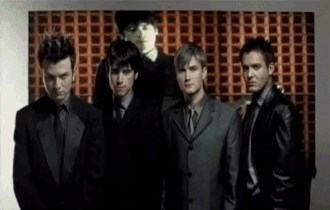
Despite the broader context surrounding Terrorize The Dancefloor, this is a song that deserves to be more widely known. The Parade were brimming with potential; however, it seems the record label somewhat misunderstood their appeal. In another time and place, the band – and Terrorize The Dancefloor – might just have been a deservedly bigger deal.



